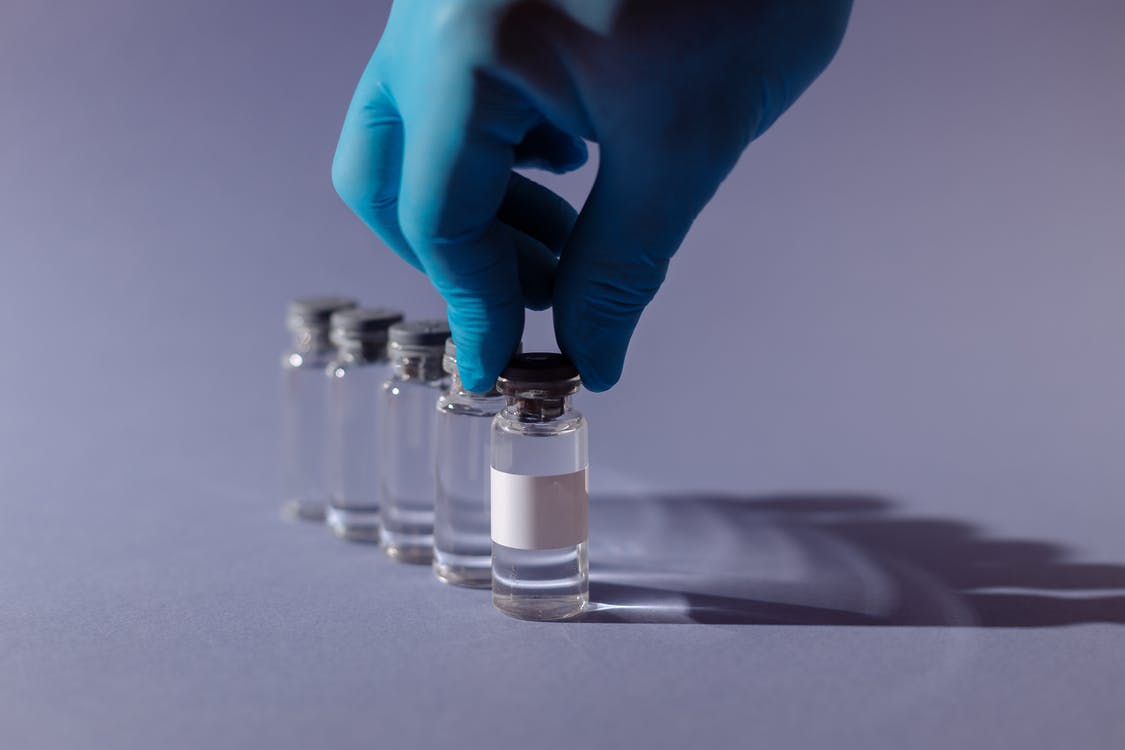
In the absence of a smoking gun showing that bats passed the virus directly to humans, scientists believe the more likely theory is that the virus first traveled through another animal, such as a mink or a pangolin. Spillover from animals to humans through an intermediate host Since scientists haven’t found a bat virus that would provide the missing link, the WHO team assessed this theory as “possible to likely.” 2. So it’s unclear why, if the virus jumped from bats directly to humans, the first outbreak would have occurred in Wuhan, a thousand miles away from the bat caves of Yunnan.įurthermore, the report notes that it would take decades for even the closely related bat coronavirus to evolve into SARS-CoV-2. But most humans generally don’t spend much time around bats, unless they are bat scientists (who typically wear protective equipment). “Did somebody go into an area, get infected, and then get a train to Wuhan?”ĭirect transmission between bats and humans is possible: Studies have shown that people who live near bat caves in southern China’s Yunnan Province have antibodies to bat coronaviruses.

“So what you have to worry about then is how did it get from bats to humans?” Robertson says. The analyses point to bats as the reservoir species. But David Robertson, head of viral genomics and bioinformatics at the University of Glasgow, says the WHO joint team sampled many animal species beyond bats for the report.

The report acknowledges the possibility that the virus spread to humans from pangolins or minks. Bats are thought to be the most likely culprits, as they host a virus that is genetically related to SARS-CoV-2. The WHO report cites strong evidence showing that most coronaviruses that infect humans come from animals, including the virus that caused the SARS epidemic in 2003. At that point, the virus immediately began to spread to other humans. The first origin story for SARS-CoV-2 is simple: It suggests that the virus started out in an animal-probably a bat-that came into contact with a human. Here’s a look at the evidence the WHO report lays out for each of the four theories-and what experts make of them as possible origin stories for SARS-CoV-2, the virus that causes COVID-19. ( See Fauci's exclusive interview with National Geographic in which he explained why he thinks SARS-CoV-2 had a natural origin.) National Institute of Allergy and Infectious Diseases, have long dismissed the notion that the virus was manufactured. The WHO report underscores the virus's likely natural origins, drawing on compelling evidence that SARS-CoV-2 arose in the wild and was not “engineered.” Many scientists, including Anthony Fauci, director of the U.S. In addition, the team addressed the possibility that the virus had been collected in the wild and then accidentally leaked from a laboratory in Wuhan-a scenario they determined is “extremely unlikely.”

They also looked at evidence supporting theories that the virus passed into humans directly from an original host animal, or that it traveled through the supply chain for frozen and refrigerated foods. In the WHO report, the team found that the virus most likely jumped from one animal to another before making its way to humans. But in this case, she says, “I think we do have enough evidence to say that some are more likely than others.” Quick and definitive answers are impossible, given that it typically takes years to trace a virus back to its roots-if researchers manage to do so at all, says Angela Rasmussen, a virologist at the Center for Global Health Science and Security at Georgetown University Medical Center. In the weeks since, however, world governments have expressed concern that the investigators lacked access to complete data, while scientists say that the report has shed little light on how the virus got jump-started. Until now, the biggest look into the origins of the SARS-CoV-2 virus was a World Health Organization report released on March 30 by a team of international researchers who traveled to China to investigate four possible scenarios in which the SARS-CoV-2 virus might have caused the initial outbreak. intelligence officials to take a closer look at the virus’s origins, including zoonotic transmission-the virus spilling over from another animal to humans-and the possibility of an accidental leak from a laboratory where a wild sample containing SARS-CoV-2 might have been studied. On May 26, the Biden administration directed U.S. The search continues for the origins of the virus that causes COVID-19-and the pathway it took to leap from animals to humans, wreaking havoc across the globe, infecting more than 171 million people and killing more than 3.6 million, as of June 3.


 0 kommentar(er)
0 kommentar(er)
